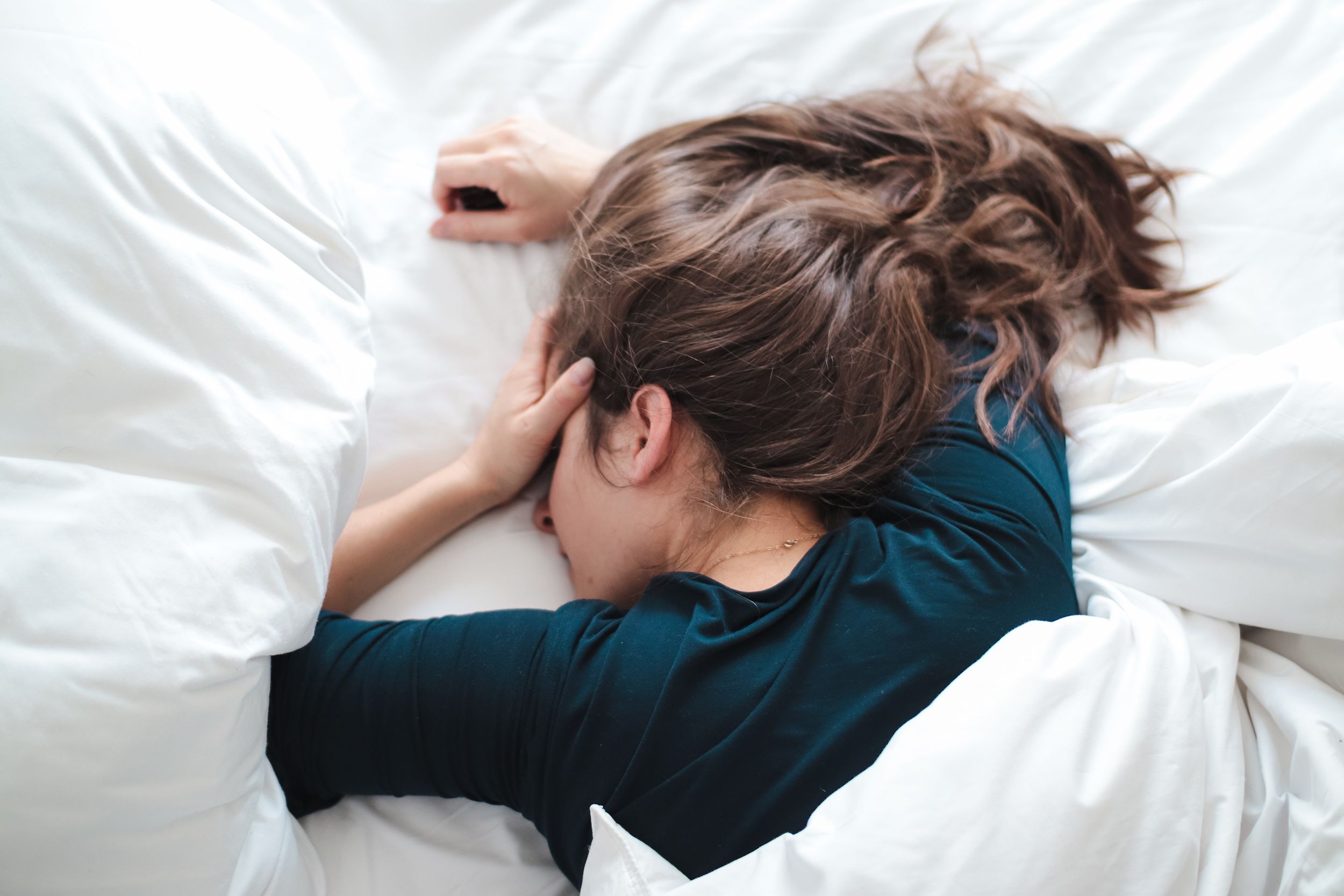One of the most prevalent health issues, migraines are reported to have affected over 39 million Americans. Most of the time, you just have to wait for them out. Symptoms can be as unique to those who experience them as their source. And anyone who has had one will tell you that this isn’t your typical headache. Some unfortunate victims may be incapacitated for several hours. But are migraines a problem specific to women’s health? Although migraines can affect men, women, and children equally, there is a marked gender difference in who has them most frequently and for how long.
Headache Relief Hat Head Ice Pack with Face Cold Compress for Puffy Eyes
Migraine headaches are a very common condition, and chances are you know someone who has experienced one if you haven’t personally. Nonetheless, of the 39 million Americans who have suffered from a migraine, 28 million are women, according to the Migraine Research Foundation. In the US, 6% of males and 18% of women experience suffering. Up to 43% of women get migraines as they approach adolescence and their estrogen levels rise, and 85% of those diagnosed with chronic migraines—a headache that occurs on 15 or more days per month for a period longer than three months—are female.
Although the exact causes of migraine headaches are unknown, the statistics clearly show that women are disproportionately affected. Stress, worry, and shock are major migraine triggers, with the age range of 20 to 45 being the most affected by migraines in women. Diet, low blood pressure, and shift work can all be significant factors. According to the Office on Women’s Health, women experience more than half of their migraines just before or around their menstrual cycle. Your progesterone and estrogen levels decrease just before your menstrual cycle begins. Estrogen regulates how you feel pain, thus a decrease in it may be related to migraines during menstruation.
Researchers at Elche, Spain’s Universitas Miguel Hernández studied the relationship between female migraineurs’ sex hormones. The findings of Prof. Antonio Ferrer-Montiel and his colleagues, which were published in the journal Frontiers in Molecular Biosciences, indicate that changes in estrogen levels, which occur around menstruation, may increase the sensitivity of trigeminal nerve cells, which transmit sensory information. This might trigger a migraine. The study was preliminary, though, and further investigation is required to fully understand the relationship between hormones and the potential for migraine triggers.
Inna Belfer, a neurologist and scientist at the National Institutes of Health’s National Center for Complementary and Integrative Health, stated to Science Alert that although the precise differences between the migraine and non-migraine brains are unknown, she believes that gender differences contribute to women’s heightened susceptibility to pain and altered pain perception.





